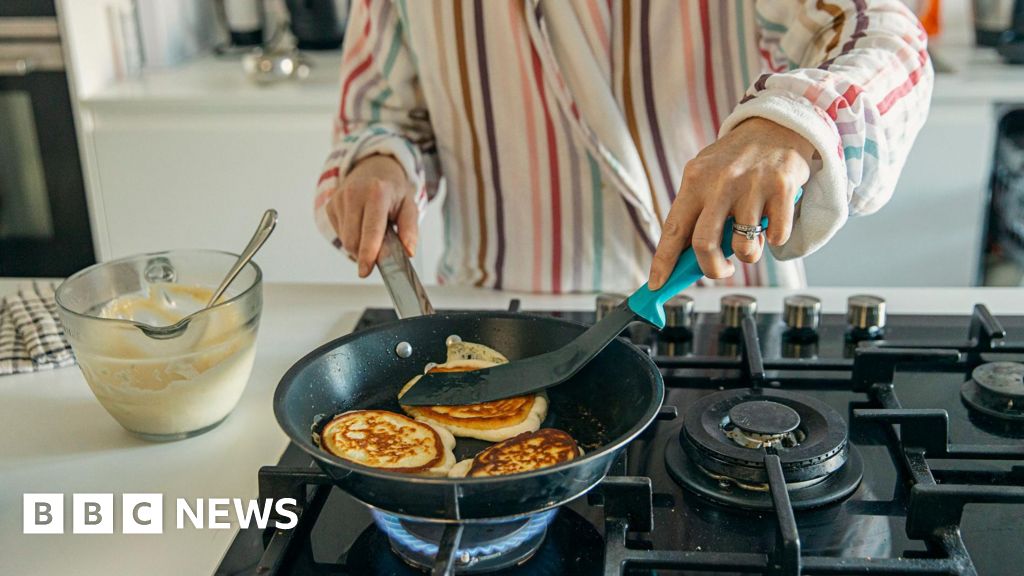ARTICLE AD BOX
 Image source, Getty Images
Image source, Getty Images
Pay growth has outstripped inflation by the most for two years, in a further sign that the squeeze on living costs may be starting to ease.
Regular pay rose at an annual rate of 7.7% between July and September, official figures show.
That was higher than average inflation over the same three months, which measures the rate at which prices rise.
However, the number of job vacancies fell for the 16th month in row, the Office for National Statistics said.
Between August and October, the estimated number of vacancies in the UK fell by 58,000 to 957,000. However, the ONS said it remains well above pre-pandemic levels.
The UK's unemployment rate was largely unchanged between July to September at 4.2%, the ONS said, although the UK statistics body said that there were issues with the way the data had been collected.
Darren Morgan, ONS director of economic statistics, said: "Our labour market figures show a largely unchanged picture, with the proportions of people who are employed, unemployed or who are neither working nor looking for a job all little changed on the previous quarter."
The latest figures showed that regular pay - which excludes bonuses - rose by 1% after taking inflation into account, which was the largest increase since the three months to September 2021.
Responding to the latest labour market figures, the Chancellor, Jeremy Hunt said: "It's heartening to see inflation falling and real wages growing, keeping more money in people's pockets.
"Building on the labour market reforms in spring, the Autumn Statement will set out my plans to get people back into work and deliver growth for the UK."

 1 year ago
69
1 year ago
69








 English (US) ·
English (US) ·